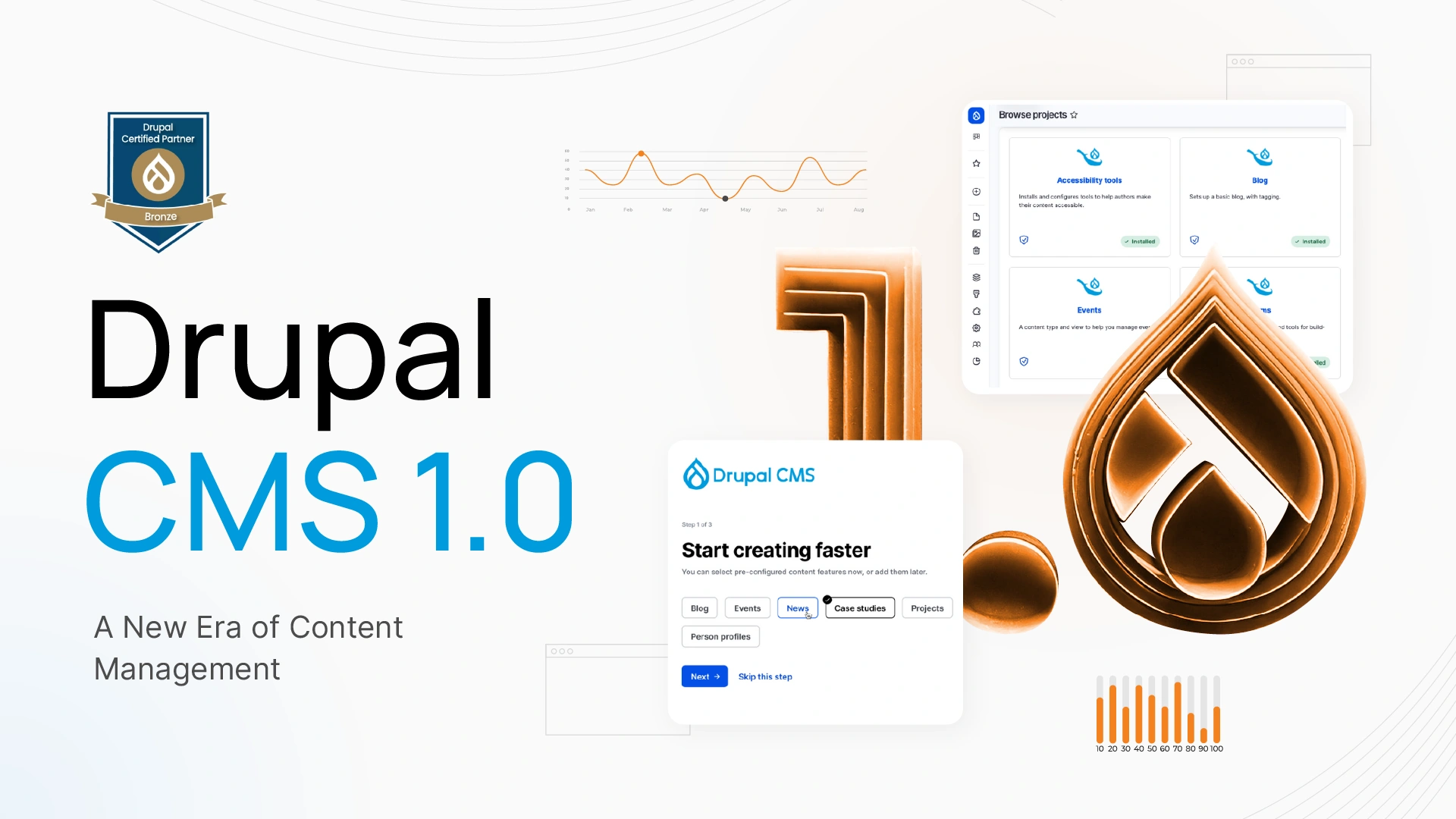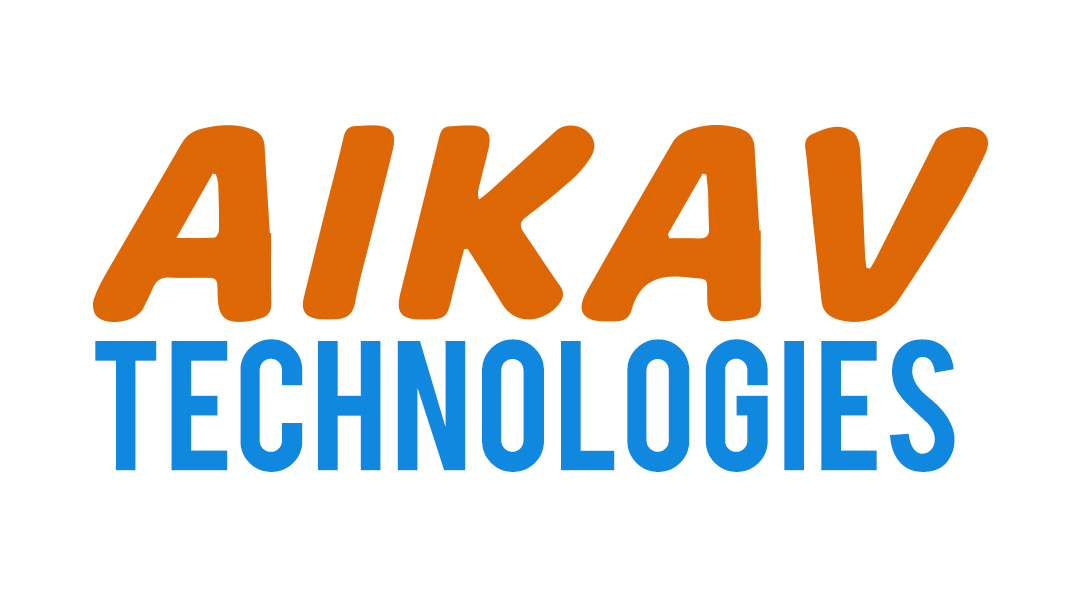
In the world of web development, few platforms have stood the test of time like Drupal. When Drupal CMS 1.0 was introduced in 2001, it marked the beginning of a new era for content management systems — one that combined flexibility, community-driven innovation, and open-source freedom.
Today, as Drupal powers millions of websites across industries, it’s fascinating to look back at how it all began, what made version 1.0 unique, and how it laid the foundation for modern digital experiences.
A Brief History: The Birth of Drupal
Drupal began as a simple message board created by Dries Buytaert, a Belgian student who wanted to build an online space for sharing ideas with friends. What started as a personal hobby quickly grew into an open-source project when Dries released the code to the public as Drupal 1.0 in January 2001.
The word “Drupal” came from the Dutch word “druppel,” meaning “drop,” symbolizing the fluidity and collaboration at the heart of the project.
Core Philosophy Behind Drupal CMS 1.0
From day one, Drupal’s purpose wasn’t just to manage content — it was to empower communities to create, share, and evolve digital experiences together.
Drupal 1.0 was designed around three key ideas:
Modularity – Allowing developers to extend and customize functionality easily.
Community Collaboration – Encouraging users to contribute modules, themes, and improvements.
Simplicity with Scalability – Starting small, but built to grow with complex needs.
These principles continue to shape every version of Drupal today.
Key Features of Drupal CMS 1.0
Although it was the first release, Drupal 1.0 offered a strong set of features that set it apart from other systems of its time:
🧩 Modular System: Extend core functionality through add-ons or “modules.”
👥 User Roles & Permissions: Manage who can access, edit, or publish content.
🧭 Taxonomy System: Organize and categorize content intelligently.
💬 Discussion Forums: Foster community interaction directly on websites.
📰 Content Publishing: Easily create and update posts or pages.
🧰 Configuration Flexibility: Customize layouts, permissions, and menus.
These features gave developers an incredible amount of control — without needing to reinvent the wheel.
How to Get Started with Drupal CMS 1.0
Even though Drupal 1.0 was released over two decades ago, understanding how it was installed and used helps appreciate its simplicity and innovation for its time.
1. System Requirements
Drupal 1.0 was built using PHP 4.0.3+ and required a MySQL database. It could run on almost any web server, including Apache.
2. Installation Steps
Here’s how users typically installed Drupal 1.0 back then:
Download the Source Package
The Drupal 1.0 tarball (drupal-1.0.tar.gz) was available from the official Drupal.org website.Upload Files to Server
Users extracted the files and uploaded them to their web hosting server’s public directory.Create a Database
A new MySQL database was created for Drupal using tools like phpMyAdmin.Configure Settings
Theconf.phpfile was edited to include database credentials and site configuration details.Run Installation Script
Navigating to the website URL automatically triggered the setup wizard, finalizing the installation.Login & Start Building
The administrator could log in and begin customizing the website, adding users, and publishing content.
Benefits of Using Drupal CMS 1.0
Even in its early form, Drupal offered significant advantages that made it stand out among other content management systems of its era:
🧠 1. Open Source Freedom
Drupal was — and still is — completely free to use, with a source code open for modification. This allowed developers to innovate and share their solutions with others.
⚙️ 2. Modular Flexibility
The modular approach let developers add new features without breaking the core system, making it ideal for evolving websites.
🔐 3. Secure User Management
Drupal included built-in access controls and permissions, providing multi-user management long before many other CMS platforms did.
🌐 4. Community Collaboration
From its inception, Drupal thrived because of its strong, active developer community. The shared ecosystem of modules and themes quickly grew.
🚀 5. Performance and Scalability
Even the early versions were optimized for speed and could scale to handle more content and users — a rare quality in early 2000s CMS software.
Evolution: From Drupal 1.0 to Modern Drupal
The release of Drupal 1.0 was only the beginning. Over the years, the CMS has evolved through major releases like Drupal 7, 8, 9, 10, and now 11, bringing cutting-edge features such as:
Headless CMS and Decoupled Architecture
API-First Development
Accessibility Compliance (WCAG)
Improved Security and Performance
Drag-and-Drop Layout Builder
Seamless Multilingual Support
What started as a small community tool is now a global enterprise platform powering some of the world’s most complex and high-traffic websites.
Why Drupal’s Legacy Still Matters
Drupal 1.0 wasn’t just about code — it was about community, innovation, and openness. It set a precedent for collaborative software development, inspiring other open-source projects to follow.
Even after two decades, the values introduced in version 1.0 — transparency, flexibility, and scalability — remain the backbone of the platform.
Conclusion
Drupal CMS 1.0 represents the humble beginning of one of the most powerful and respected content management systems ever created. It showed the world that community-driven software could rival commercial solutions — and even surpass them.
Today, Drupal continues to evolve, but its heart remains the same: an open, flexible, and secure platform built for creators, developers, and innovators.
